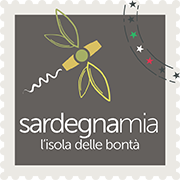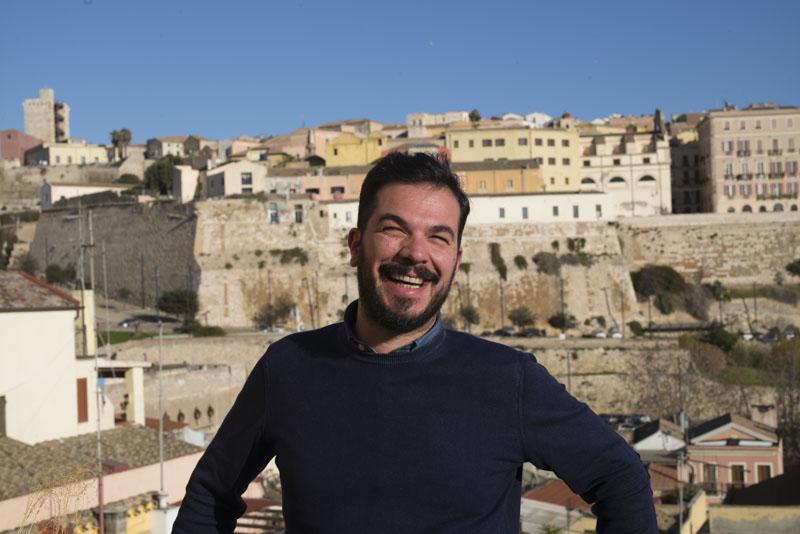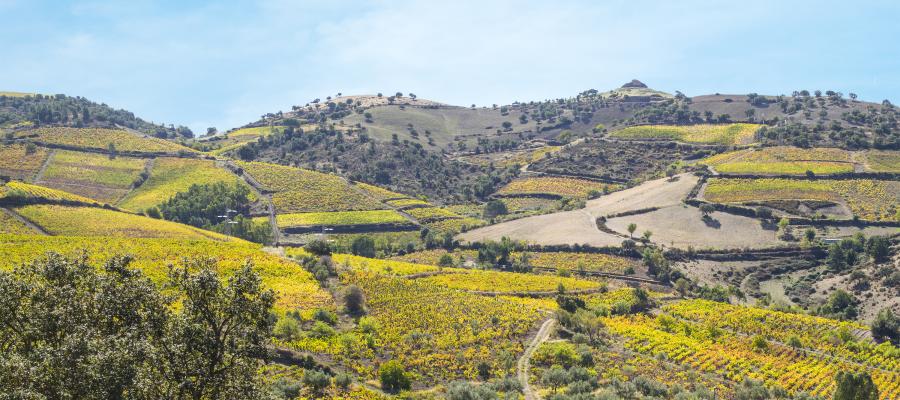In Usini, in the North West of Sardinia, Chessa wines produces territorial and sincere wines. The best output come out of Vermentino (in this area very different from the rest of the Island) and of Cagnulari, a native vine that is found only in these areas. Giovanna Chessa, the owner of the winery, succeeds in exalting it with elegance and finesse by bottling a unique red as an authentic witness of this special terroir .
It is late morning when Giovanna welcomes us in her home, in Usini, where on the ground floor (here you would expect a rustic kitchen or car storage) there are barrels, steel tanks and winemaking equipment. Everything is very clean, impeccably organized and with the classic wine scent typical of all the cellars. "This is my kingdom - Giovanna tells us - here I do everything, my cellar is very small." Small, but perfect, cozy, tidy and with just the right equipment for the vinification of four labels, two reds, a white and a sweet dessert wine from moscato grapes. The rest of the work is done in the vineyard.
Shortly after, Giovanna accompanies us to visit the property, among the rows just harvested ... We stroll through sweet hills, between vineyards with different exhibitions, planted on very poor grounds, ideal for vine cultivation. The microclimate is unique, the wind always caresses the plants, guarantees healthiness and a perfect ripening of the grapes. The soil does the rest. In addition, the sea is not far away and the brackish breezes, especially when the Mistral blows, intensely affect the bunches and, consequently, the wines produced.
After our return to the cellar, the tasting begins under the best auspices. The Vermentino di Sardegna Mattariga is tasty, has a character, doesn’t surrender to sweetness and tropical aromas, but rather offers iodized and helichrysum notes. Then there is the Cagnulari, a grape that is certainly difficult to grow in some ways. Nevertheless, after many harvests, Giovanna seems to have found the right recipe, especially in terms of the perfect harvest timing. This is a Cagnulari with a clear Mediterranean soul, but his strength shows more on the aromatic complexity side rather than on the body and structure. Its aroma is cherries and wild strawberries and its flavor makes the sip juicy and rhythmic. Here it comes the moment of the Lugherra, the other red, originated from a combination of Cagnulari and other Sardinian traditional grapes.
Here you can feel more structure, the fruity part brings out the ripe black fruits. Even on the palate the body is stronger: softness envelops the palate and the finish is creamy and dense. We conclude our tasting with Kentales, Moscato Passito of Sardinia. It is a sweet wine that smells of Sardinia, of its sun, of ripe yellow fruits, summer dried bushes. In the mouth it is sweet and sumptuous, never cloying and with a sapid final flavor. Even the latter, a true example of what a great wine territory can give. Especially with an interpreter like Giovanna Chessa.


